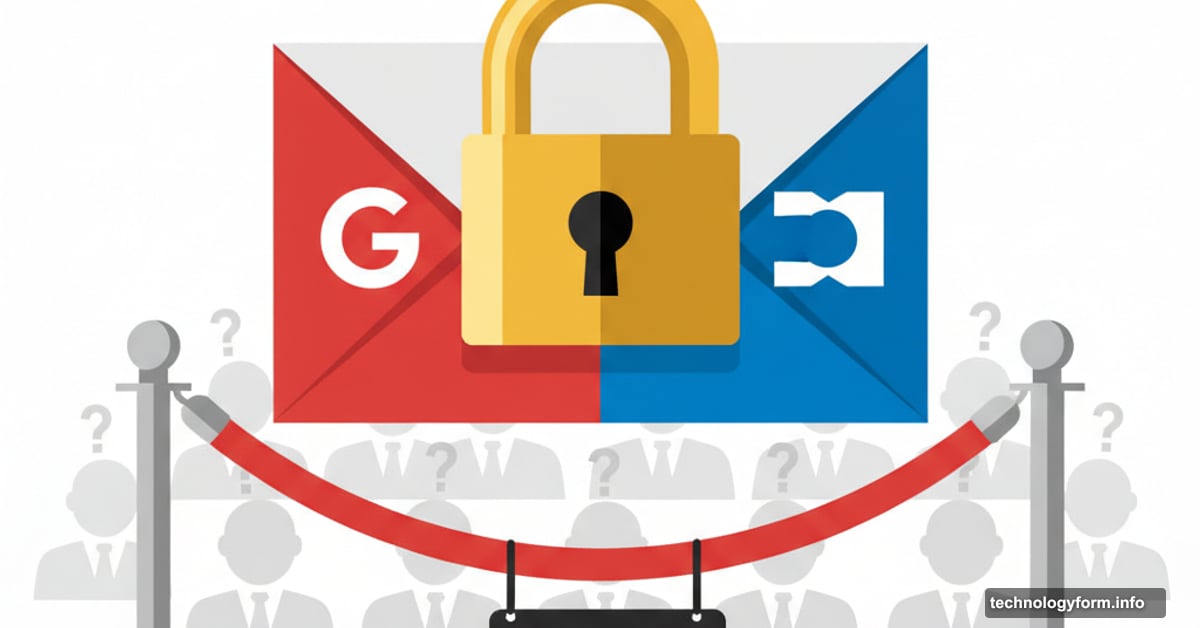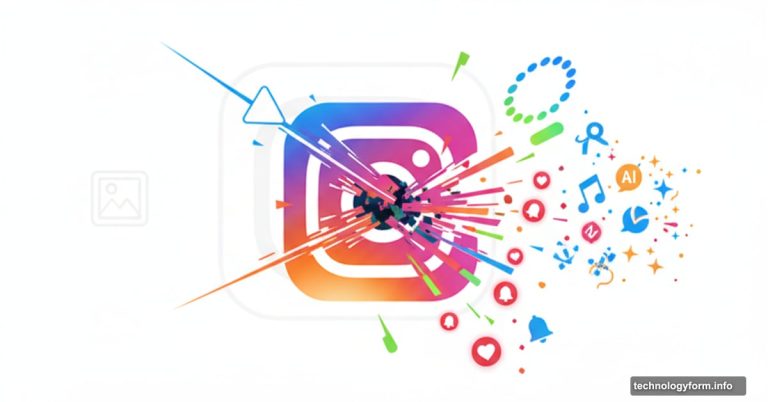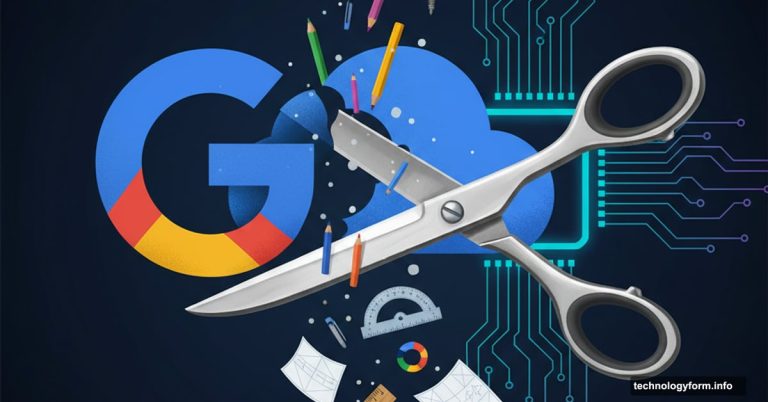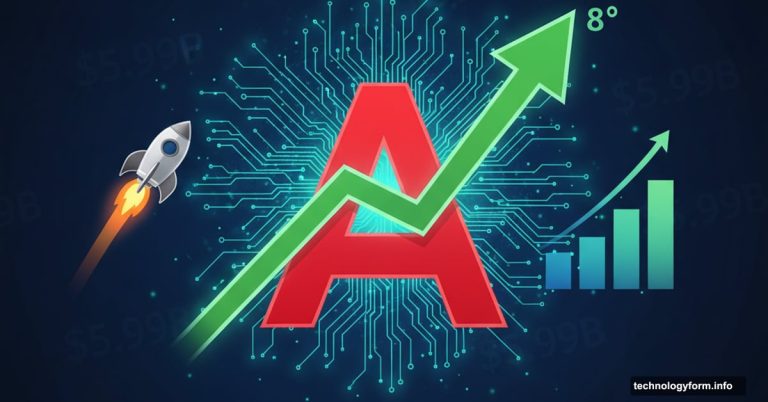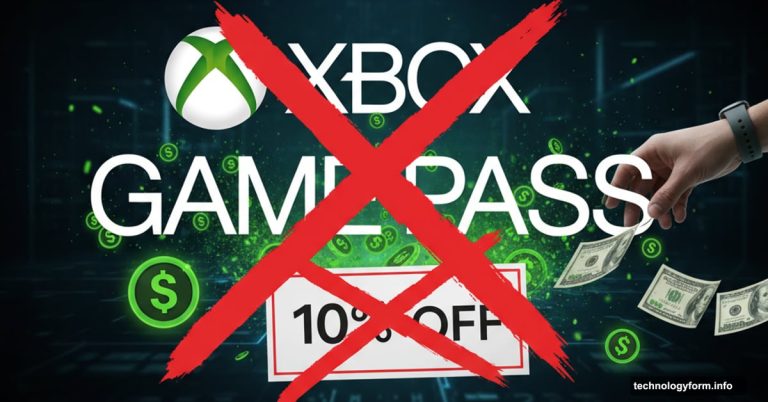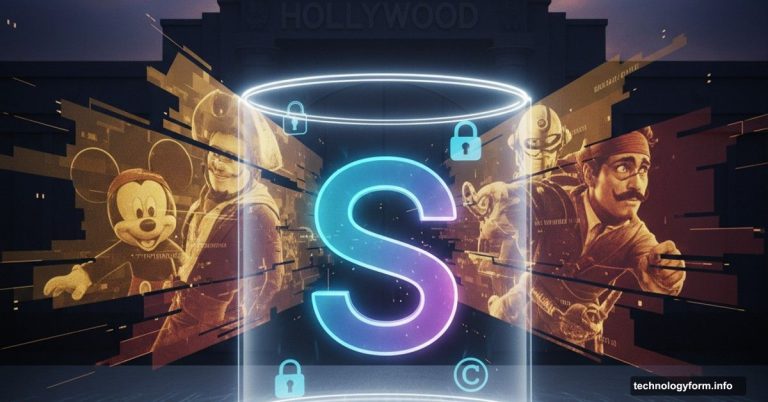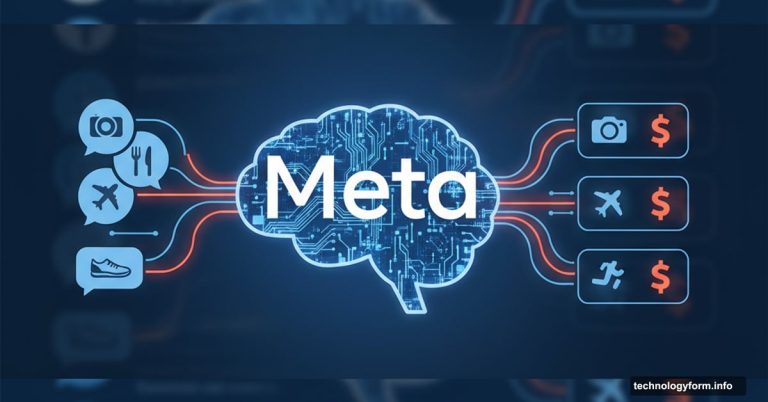Gmail Just Made Cross-Provider Email Encryption Possible. Most People Will Never Use It
Google finally solved a problem nobody talks about. Your Gmail encryption now works even when you email someone on Outlook.
Sounds simple. But this represents years of behind-the-scenes work to make encrypted email actually usable across different providers. Plus, it only matters if you’re one of the few people who can access it.
What Actually Changed
Gmail’s client-side encryption previously hit a wall at the provider boundary. You could send encrypted messages to other Gmail users with the feature enabled. But emailing someone on Outlook or Yahoo? That encryption broke down.
Now it works across providers. Gmail users with end-to-end encryption can send secure messages to anyone, regardless of their email platform. The recipient gets a notification about the encrypted content and views it through a guest Gmail account.
That last part matters. Recipients don’t need Gmail accounts or special software. They just click a link and read the message in a temporary, secure session.
The Enterprise-Only Problem
Here’s the catch. This feature remains locked behind Google Workspace’s Enterprise Plus plan.
That means regular Gmail users can’t access it. Small businesses probably can’t justify the cost. Only large organizations with specific compliance requirements will ever see this feature.
Google positions this as a security tool for sensitive business communications. Think legal documents, financial records, or confidential strategy discussions. Not your average marketing email or team update.
So while the technology impresses from a technical standpoint, the practical reach stays extremely limited. Most email users will never encounter truly end-to-end encrypted messages in their inbox.
Why Cross-Provider Encryption Matters
Before this update, encrypted email lived in silos. If your company used Gmail encryption, you could only communicate securely with other users on the same system. Emailing external partners, clients, or vendors meant choosing between security and compatibility.
Businesses often chose compatibility. They’d disable encryption for external communications rather than deal with the friction. That defeated the entire purpose of having encryption in the first place.
Now those companies can maintain security standards across all their communications. A law firm using Gmail can send encrypted documents to a client on Microsoft 365. A healthcare provider can share patient records with specialists at other organizations. The encryption stays intact throughout.
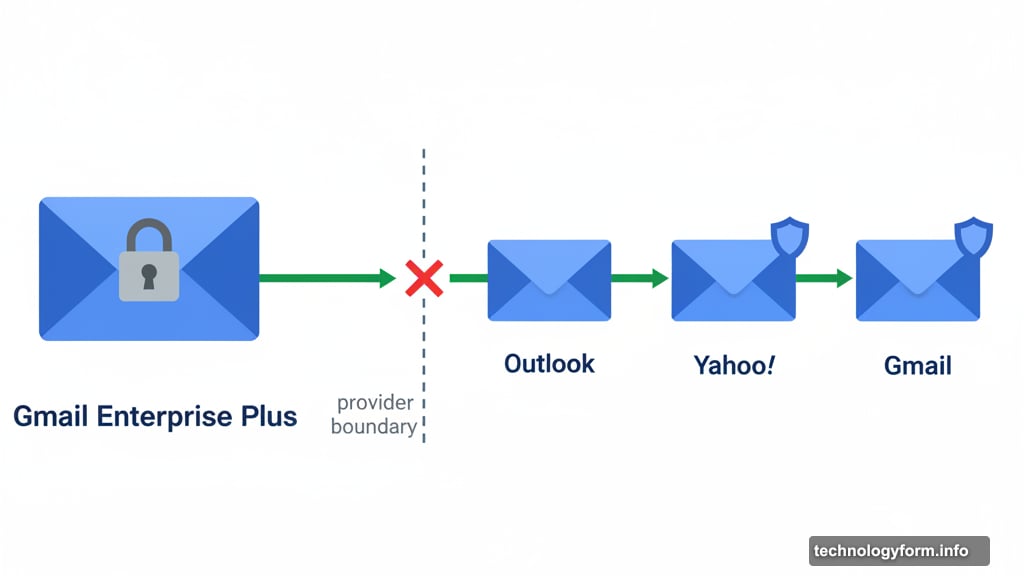
But remember, both the sender and recipient need compatible systems. The sender must have Gmail’s enterprise encryption enabled. The recipient must be willing to access messages through Gmail’s guest portal. That creates adoption hurdles even within the target enterprise market.
The Guest Account Experience
Recipients without Gmail accounts face an extra step. They click a link in their email notification, which opens a secure guest session.
Google designed this process to balance security with usability. The guest account provides temporary access without requiring full Gmail registration. Recipients view the encrypted message, can reply securely, and then the session expires.
From a security perspective, this works well. The encrypted content never passes through unencrypted channels. The temporary nature of guest accounts limits exposure windows. Even if someone intercepts the notification email, they can’t access the encrypted content without additional authentication.
From a user experience perspective? It’s clunky. Recipients need to click through to a different interface just to read one email. They might not understand why they need this extra step. Some will assume it’s phishing and ignore the notification entirely.
That friction will limit adoption even among enterprise users who technically have access to the feature.
What This Means for Email Security
Gmail’s cross-provider encryption represents progress on a hard problem. Email was never designed for end-to-end encryption. The protocol assumes messages pass through multiple servers in plain text.
Adding strong encryption required building new systems on top of old infrastructure. Google chose client-side encryption, which means messages encrypt on the sender’s device before leaving for Gmail’s servers. Even Google can’t read the content.
But making that work across providers required coordination that doesn’t exist in the email ecosystem. So Google built a workaround with guest accounts instead. Not elegant, but functional.
Other email providers could implement similar systems. Microsoft supports message encryption in Office 365. ProtonMail offers end-to-end encryption by default. But these solutions don’t interoperate seamlessly.
The email industry remains fractured when it comes to encryption standards. Gmail’s update helps within its own ecosystem but doesn’t solve the broader compatibility problem.
Who Actually Benefits
Large enterprises with strict compliance requirements will find value here. Law firms, healthcare organizations, financial institutions, and government contractors all need secure communication channels.
For them, the Enterprise Plus subscription cost justifies the security benefits. They already pay for premium Google Workspace features. Adding cross-provider encryption strengthens their security posture without changing workflows dramatically.
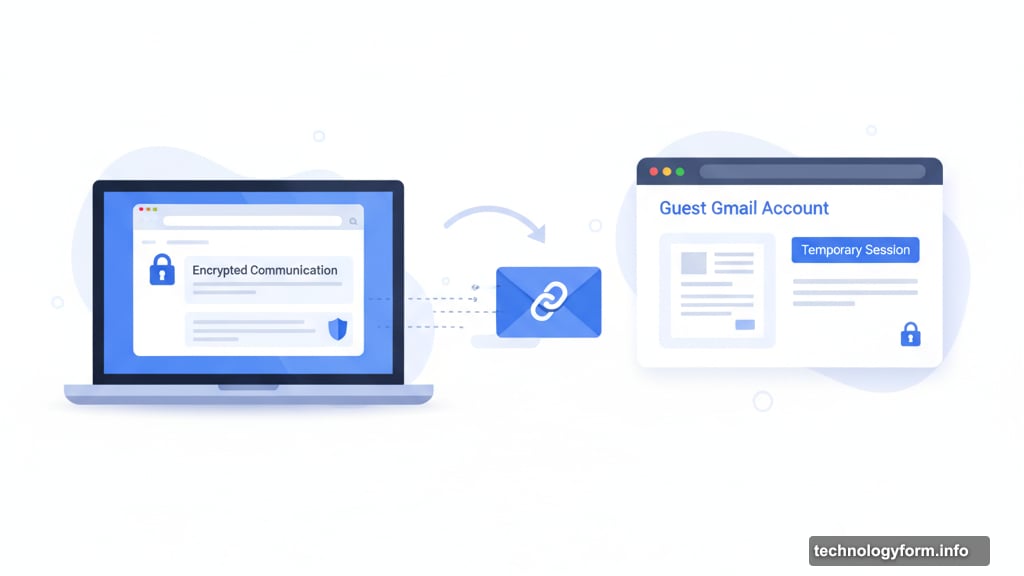
Everyone else? This update doesn’t change much. Regular Gmail users still can’t access end-to-end encryption. Small businesses probably won’t pay for Enterprise Plus just for this feature. Consumer email remains as insecure as ever.
That’s not Google being unnecessarily restrictive. Enterprise encryption creates significant support overhead. Google needs to maintain secure key management, handle account recovery without compromising security, and ensure compliance with various regulations. Those costs only make sense for high-value enterprise customers.
The Bigger Picture on Email Privacy
Email privacy remains terrible for most users. Messages pass through multiple servers in plain text. Providers scan content for spam, ads, and analytics. Governments can subpoena messages without user knowledge.
End-to-end encryption solves these problems technically. But adoption stays extremely low. Most people don’t understand encryption or why they need it. The extra friction in user experience discourages casual users.
So we end up with a two-tier system. Enterprise users with resources get strong security. Everyone else gets convenience with minimal privacy.
Gmail’s update doesn’t change that dynamic. It makes encrypted communication slightly easier for the small percentage of users who already have access. But it doesn’t democratize email encryption or make it accessible to regular users.
That’s the real missed opportunity. Imagine if Gmail enabled encryption by default for all users. Messages between Gmail accounts could encrypt automatically without users doing anything. That would protect billions of communications immediately.
But Google hasn’t taken that step. Neither has Microsoft, Apple, or any other major provider. The combination of technical complexity, user experience challenges, and business model conflicts keeps email encryption in the enterprise ghetto.
Should You Care About This Update
If you work for a large organization that already uses Gmail’s Enterprise Plus plan, yes. You can now send encrypted messages to external partners without worrying about provider compatibility. That’s genuinely useful for sensitive communications.
If you’re a regular Gmail user, a small business owner, or use a different email provider entirely? This update changes nothing for you. Your email remains as secure or insecure as it was yesterday.
The fundamental problem with email security isn’t technical capabilities. It’s adoption. As long as strong encryption stays locked behind expensive enterprise plans, most communication will remain vulnerable. Gmail’s update improves the situation for a tiny minority while leaving billions of users unprotected.
So yes, cross-provider encryption represents technical progress. But it doesn’t move us meaningfully closer to secure email for everyone. That’s the disappointing reality behind an otherwise impressive engineering achievement.
